The eastern Algarve: 7 reasons to visit Portugal's best-kept secret
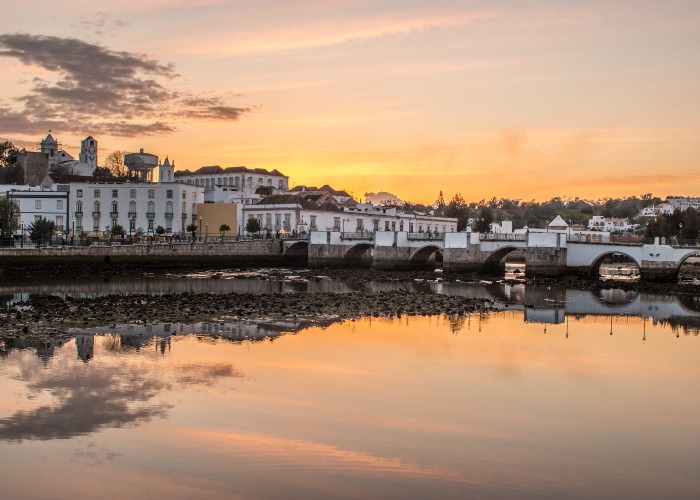
Head east from Faro and discover unspoiled beaches, stunning landscapes and charming towns.
Mention Portugal’s Algarve to many people and they’ll conjure up images of sunburned Northern Europeans packed into bustling resorts like Albufeira, of noisy kids splashing around in hulking water parks and busy beaches where you have to jostle for space.
Many people love the resorts and popular beaches, but if you’re looking for something a little different don’t write the Algarve off just yet. Head east from Faro Airport to the less-explored reaches of the region, instead of the well-beaten path west, and another Algarve altogether emerges.
There are unspoiled beaches, with more seabirds than people, that stretch on for miles; charming villages where the locals are out fishing for octopus rather than touting banana boat rides; and a striking market designed by a certain young French engineer called Gustave Eiffel. The eastern Algarve is constantly full of surprises.
READ MORE: The best places to visit in Portugal by region
1. Admire the other Eiffel
Gustave Eiffel (yes that one) didn’t just build the world famous tower in Paris, he also fashioned the striking iron structure on Olhao's waterfront. In this working fishing port, it plays a crucial role as home to the local fish market. Come to admire the architecture, peruse the smorgasbord of fresh seafood, then join the market traders for a heart-starting coffee in a café overlooking the brackish waters of the Ria Formosa National Park.
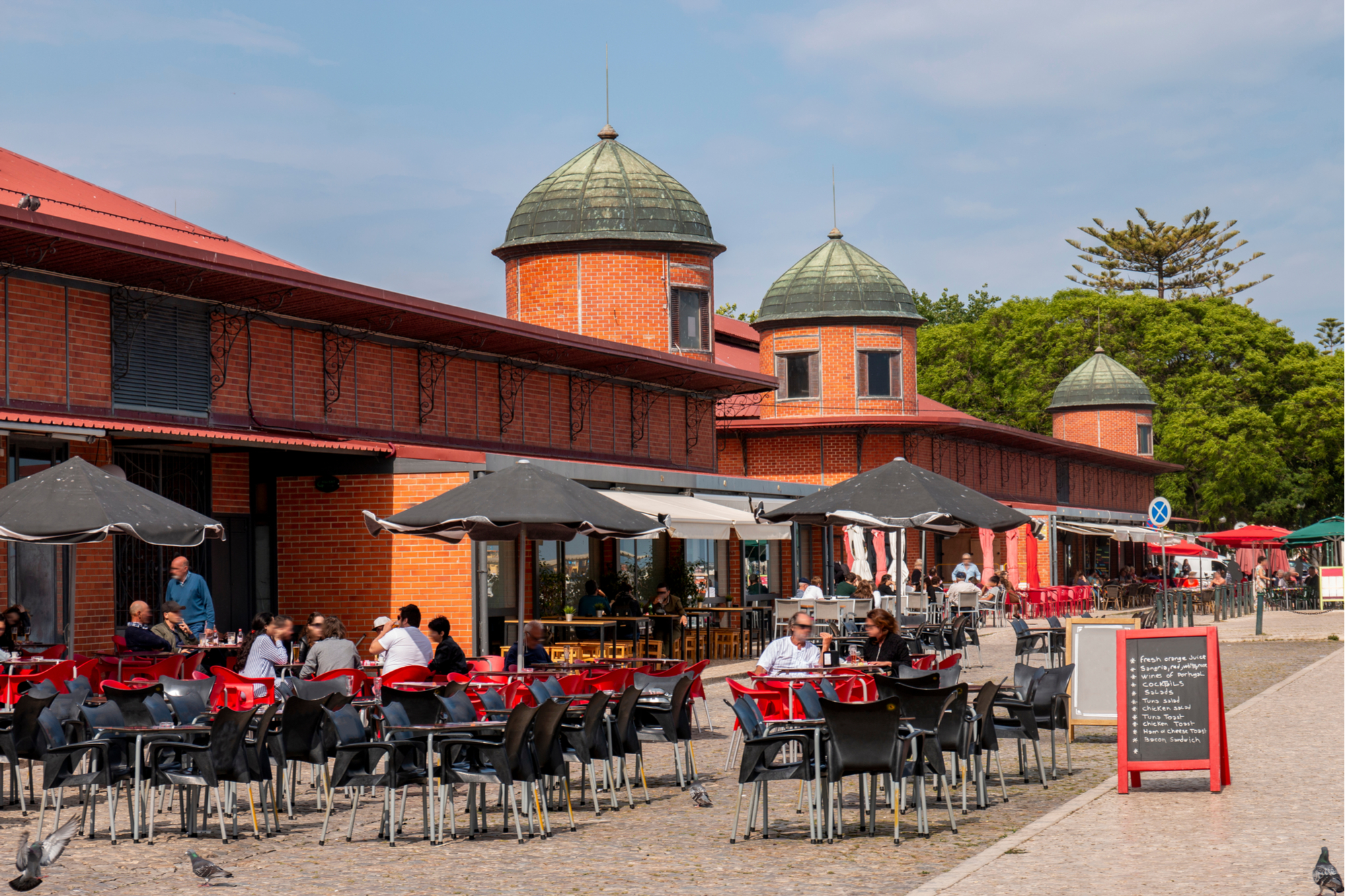
Mauro Rodrigues/Shutterstock
2. Explore a natural wonder
The Ria Formosa National Park is a true wilderness and a world away from the resorts of the western Algarve. Some of its sandy islets have a sprinkling of ramshackle houses and seafood restaurants, but others are deserted. A boat trip is the way to discover the best of them.
Head out for a quick spin to get a lay of this natural wonderland, dig for clams in the mud flats or enjoy an oyster that’s just been hauled up right in front of you. Natura Algarve run a wide range of trips. For a real treat, Estamine is a restaurant on the Ilha Deserta that occupies the only building on this remote outpost and has its own boat to ferry you over for a sumptuous seafood feast you won’t forget in a hurry.
3. Discover charming Tavira
On first impression, the sleepy town of Tavira appears to have more church spires than people. This whitewashed charmer, which straddles the suitably lazy banks of the River Gilao, is a laid-back kind of place despite the increase in tourist attention over the last few decades.
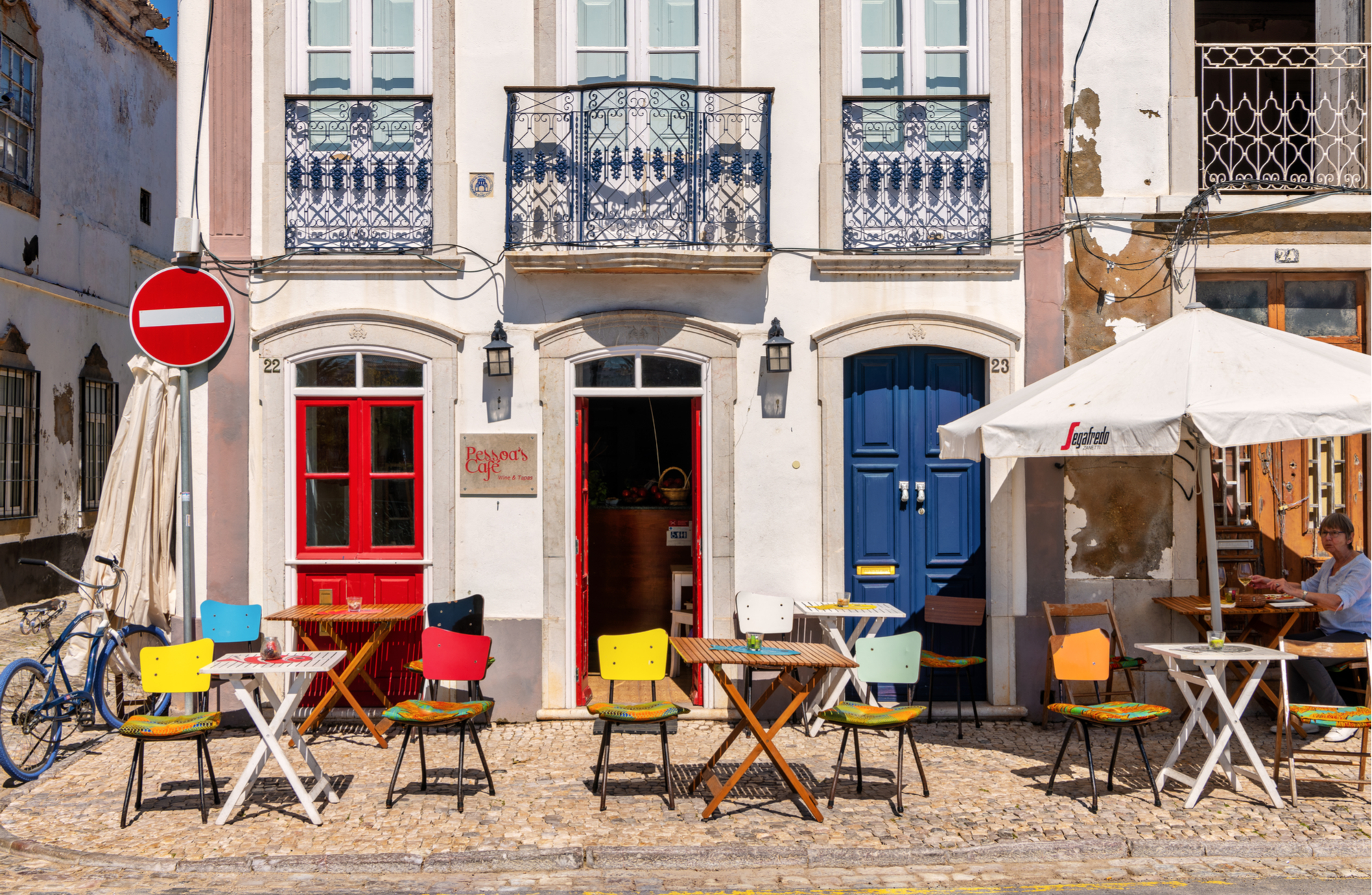
Lux Blue/Shutterstock
It’s a great place to base yourself. Wander over the old Roman bridge and enjoy a riverside dinner in one of the slew of cosy restaurants. The grand town architecture harks back to the days when Tavira played a major role as the Portuguese Empire stretched its trading tentacles across the globe.
4. Kick back on unspoiled beaches
Hop on a boat from the centre of Tavira to take you all the way down to Ilha de Tavira with impressive sand dunes, big skies and sweeping Atlantic surf. You could also cycle down the saltpans to catch the shuttle boat that nips over a narrow channel.

Carlos Neto/Shutterstock
Except for a gaggle of little bars and informal restaurants, there’s nothing else on the isle but mile upon mile of clean sand and ocean. If you fancy a walk, hike all the way along to link up with the train at Praia do Barril back off the sand island that ripples all the way here from the Ilha de Tavira ferry.
5. Feast on octopus
The wee village of Santa Luzia is famous for one thing: the world-class octopus that its fishermen catch in abundance. You can easily get there from Praia do Barril and make a day of it if you’re staying in Tavira. The hallowed octopus here is served in myriad ways. One of the tastiest starters is Galician-style octopus slices spiced with paprika, while a hearty octopus cataplana stew is the local favourite.
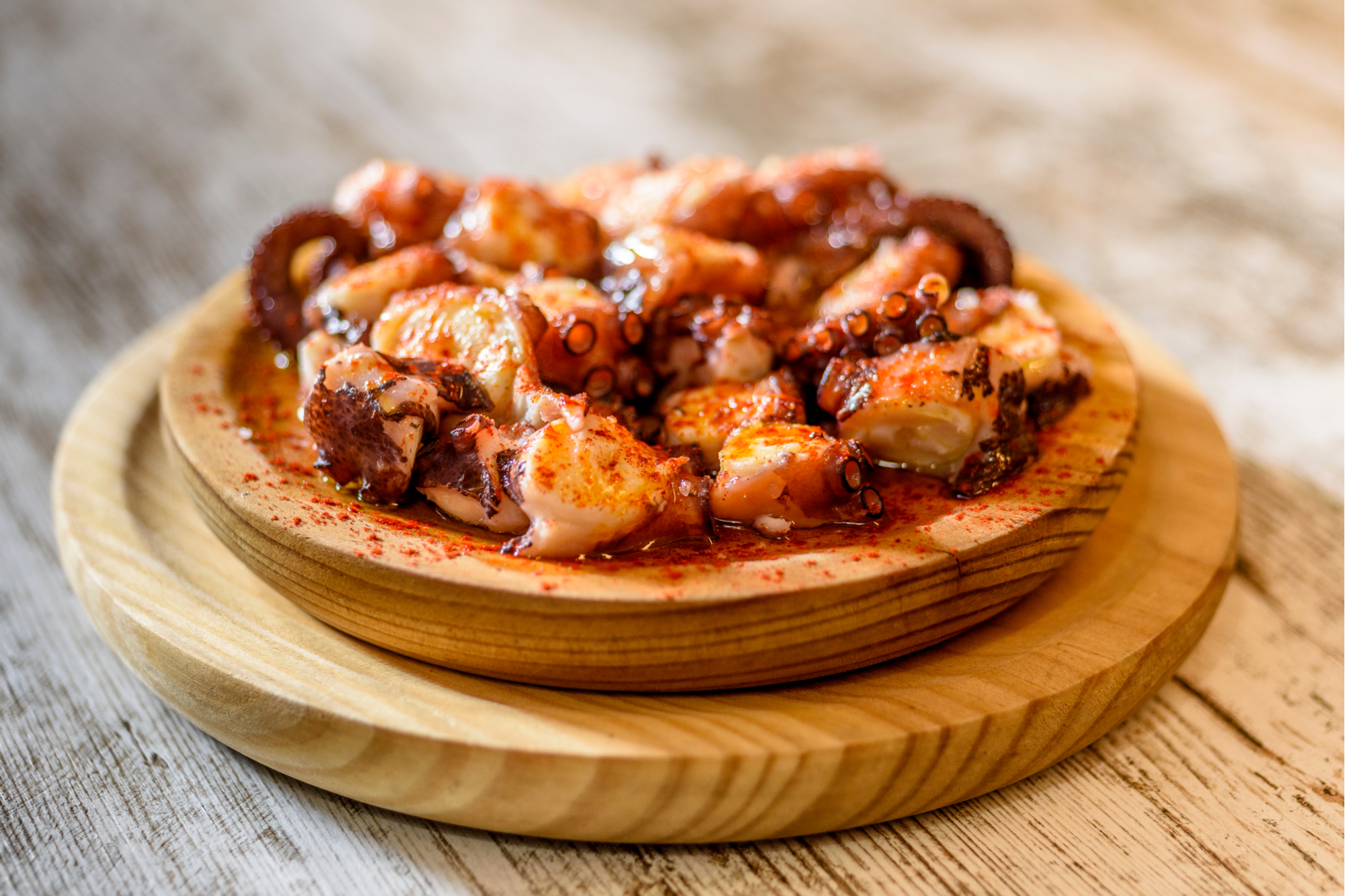
ahau1969/Shutterstock
6. Walk (part of) the Via Algarviana
The Algarve is garnering quite a reputation as a top walking destination of late. Much of the attention, though, is on the western flanks. A nearly 190-mile long walking route, the Via Algarviana, runs all the way west from the Spanish border to the wild western outpost of Sagres. The eastern stretches of the route are little explored. Walk from Alcoutim and you will seldom see another hiker as you gaze down towards the coast in the distance. On the coast, the big draw is hiking along the sand dunes of the Ria Formosa National Park.
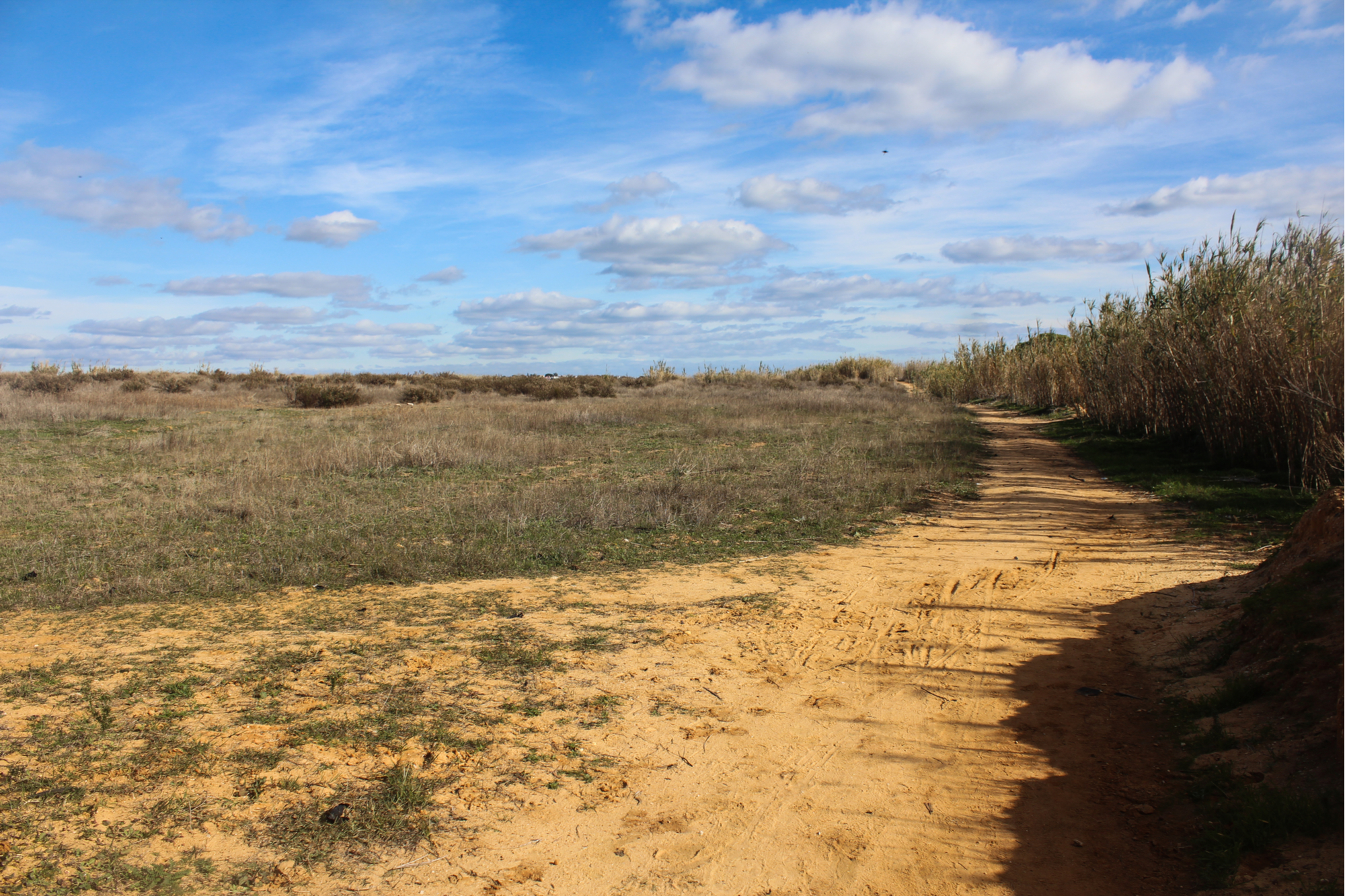
Mr. Meijer/Shutterstock
7. Find secret restaurants in border country
The borderlands in the Algarve with Spain are little visited by tourists. Take the train to Vila Real de Santo Antonio, a historic dame with faded grandeur that hints at its days as a real frontier hub. Nowadays, most traffic zooms away from it across a modern bridge, leaving this town pleasantly relaxed.
Nearby Cacela Velha is also worth checking out for its bijou old town and the superb seafood restaurant that hides away down on the sands – it’s a bit of local secret so you’ll have to find it. It’s a real favourite of Portuguese gastronomes in the know and it’s stunning.
Comments
Be the first to comment
Do you want to comment on this article? You need to be signed in for this feature